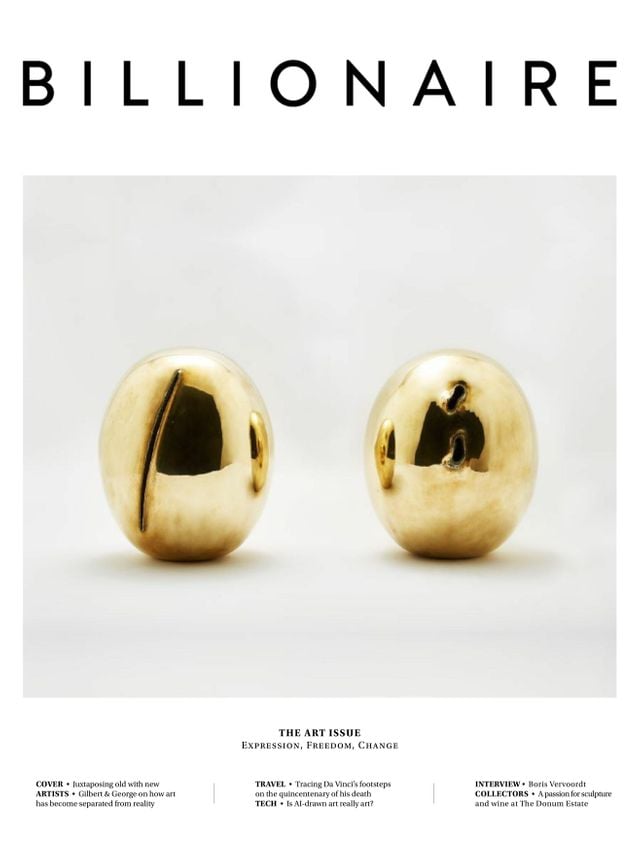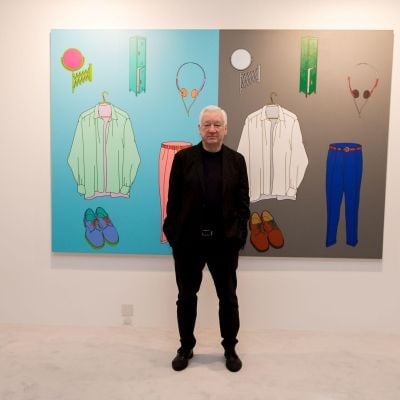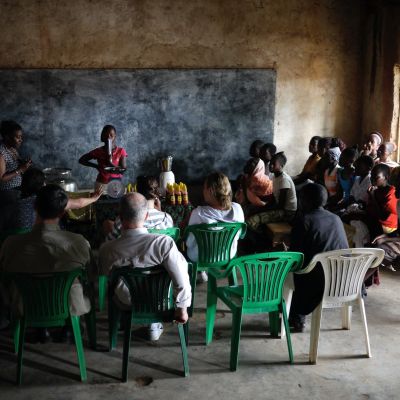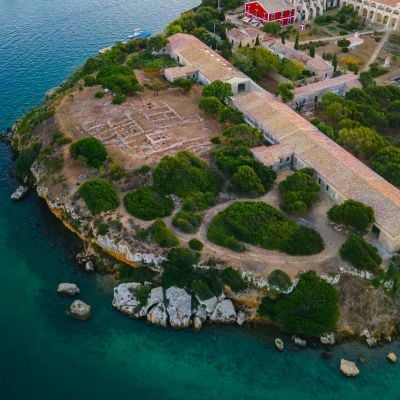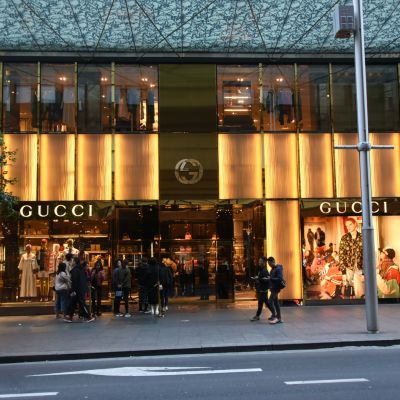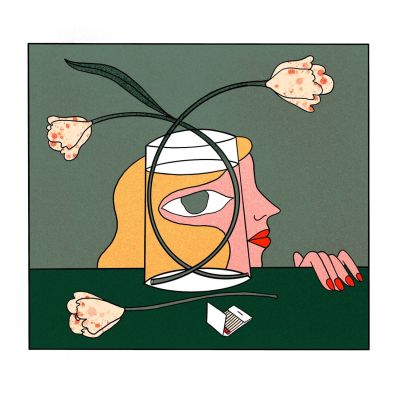The Power of Light

The work of Odile Soudant blurs the boundaries between light, design and art.
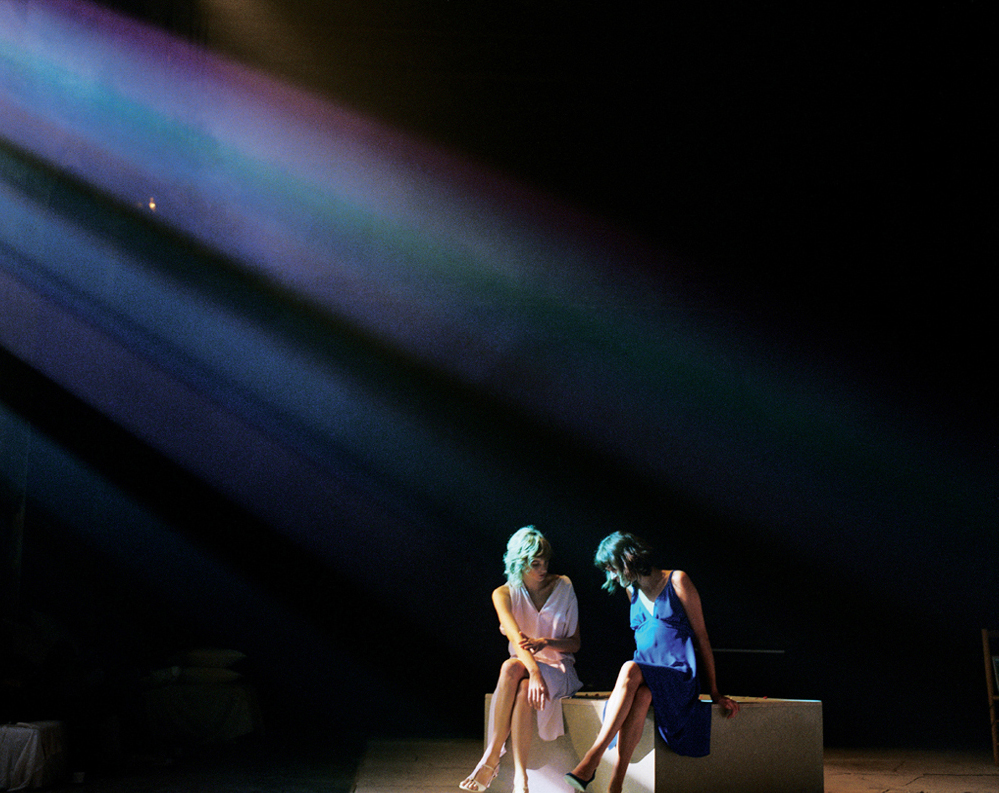
“Every day and night, I have looked for the light, I have tried to understand it, to print it in my visual mind, through several mediums; I have re-created and challenged it through diverse forms and contexts,” says Odile Soudant, a French artist who directed the lighting department of Jean Nouvel's renowned architectural studio for 10 years. In her career she has lit places such as the Poblenou Park and the Moritz brewery in Barcelona. Since then, she has worked on projects with artists such as Anselm Kiefer or Anish Kapoor for whom she lit his Leviathan for the 2011 Monumenta exhibition at the Grand Palais in Paris.
By working with the materiality and the redness of the structure, Soudant enhanced the luminosity emerging from Kapoor’s colour. At night, the carnal red monster revealed its mythological dimension, emphasising a meditative and poetic experience.
Light design, says Soudant, should start from the very beginning of a project “because our perception of light comes from our link to the surrounding environment. Light appears as an element of composition in a project, based on the sensible accordance with the client, the architect or the artist I am working with”. Through her willingness to add a final layer to a design, Soudant highlights details and shapes, revealing materiality and form.
With public architecture and urban space, lighting brings a sense of vision, guiding our collective imagination of a time and place. When working with Jean Nouvel, Soudant led ambitious and international projects such as the Quai Branly Museum in Paris (2006), in which she focused on the building’s materials.
“They are essential for the lighting; the way light will answer to a space will depend a lot on its materiality.” With Soudant’s attention to natural light, her work re-envisions lighting in a more sustainable and balancing way.
Her lighting approach changes when it comes to a domestic or a private space. Soudant says: “Each project or installation is a way to cause and spread one or several feelings; created in order to envision the daily life of those who are living the space... The lighting of a space then turns into a place to think, dream and live in.”

Based on the natural lighting analysis of a space at a particular time, she designs immersive installations. Each of them emphasises emotions, shaped by a study of every life, every story, every day. With optic devices, Soudant plays with ephemeral and perpetual aesthetics; displaying light as a poetic and performative medium.
For a private residency in the south of France, she designed unique lighting fixtures that answer to one another. In the main stairs, East Light West Light created a kinetic effect by multiplying natural and artificial light reflections. “Through a golden atmosphere I have shifted the volume perception,” says Soudant, who created a hybrid space that goes beyond the basic functionality of stairs.
By playing with immersive and ephemeral perceptions, she finds new ways to light up domestic, interior or landscape environments. By initiating interactions between spatial, light and experience, she works as a painter. But here, the canvas is no longer a static image but a three-dimensional space in which light performs its own nature. Considering its moving constitution, light is visualised as a substance more than an element. Thus, light becomes a way to challenge the common sense and acts as a strength for creation.
As a smaller echo of her work, Soudant has been making lighting objects that derive from her universe. Coming from her own memory, those pieces are often based on elements that will highlight some organic characters or mythologic emphasis such as music and literature. For each piece, light effects are the result of a long period of understanding lighting principles and optic experiences. By displaying light as the essential element, Soudant declares,”the object comes from the light effect and sensation, not the contrary”.
This article originally appeared in Billionaire's Art Issue, June 2019. To subscribe contact

